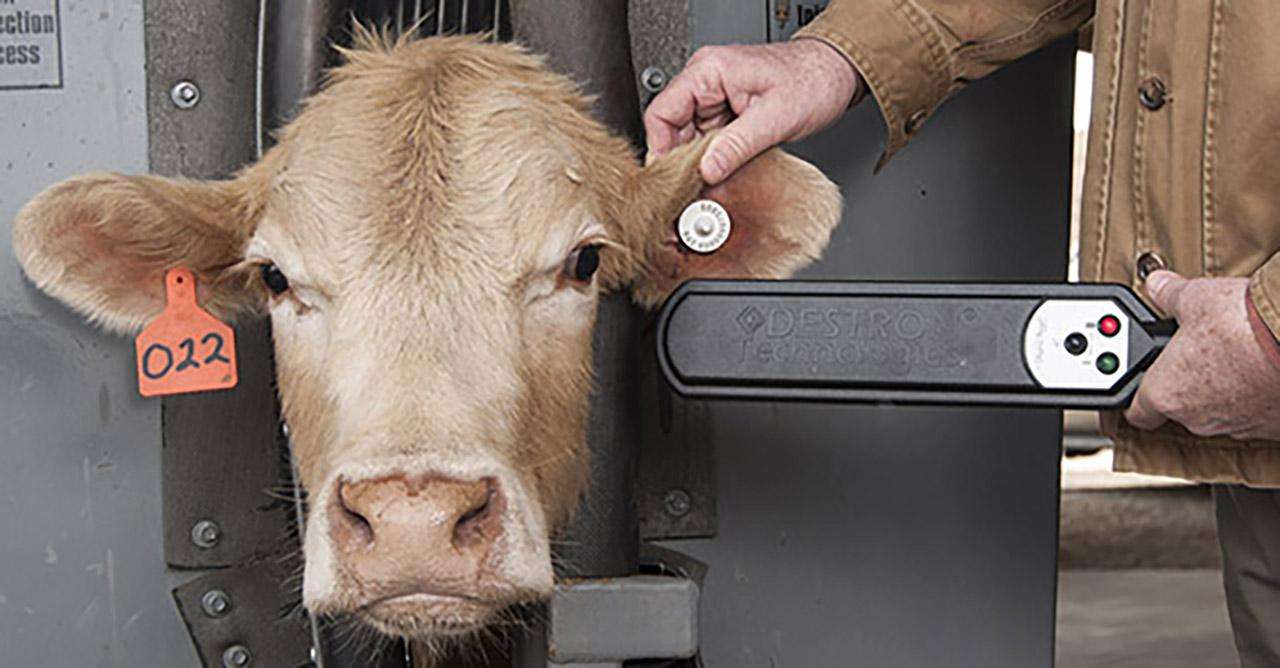APHIS Bolsters Animal Disease Traceability in the United States

Press Release
Contact:
APHISpress@usda.gov
Requires electronic ID for Certain Cattle and Bison Moving Interstate
WASHINGTON, April 26, 2024 – Today, by amending and strengthening its animal disease traceability regulations for certain cattle and bison, the United States Department of Agriculture’s (USDA) Animal and Plant Health Inspection Service (APHIS) is putting in place the technology, tools, and processes to help quickly pinpoint and respond to costly foreign animal diseases.
“Rapid traceability in a disease outbreak will not only limit how long farms are quarantined, keep more animals from getting sick, and help ranchers and farmers get back to selling their products more quickly – but will help keep our markets open,” said Dr. Michael Watson, APHIS Administrator.
One of the most significant benefits of the rule for farmers and ranchers will be the enhanced ability of the United States to limit impacts of animal disease outbreaks to certain regions, which is the key to maintaining our foreign markets. By being able to readily prove disease-free status in non-affected regions of the United States, we will be able to request foreign trading partners recognize disease-free regions or zones instead of cutting off trade for the entire country. Traceability of animals is necessary to establish these disease-free zones and facilitate reestablishment of foreign and domestic market access with minimum delay in the wake of an animal disease event.
This rule is the culmination of goals established by USDA to increase traceability, one of the best protections against disease outbreaks, and enhances a rule finalized in 2013 for the official identification of livestock and documentation for certain interstate movements of livestock.
USDA is committed to implementing a modern animal disease traceability system that tracks animals from birth to slaughter using affordable technology that allows for quick tracing of sick and exposed animals to stop disease spread. USDA will continue to provide tags to producers free of charge to jumpstart efforts to enable the fastest possible response to a foreign animal disease. For information on how to obtain these free tags, please see APHIS’ Animal Disease Traceability webpage.
The final rule applies to all sexually intact cattle and bison 18 months of age or older, all dairy cattle, cattle and bison of any age used for rodeo or recreation events, and cattle or bison of any age used for shows or exhibitions.
The rule requires official eartags to be visually and electronically readable for official use for interstate movement of certain cattle and bison, and revises and clarifies certain record requirements related to cattle.
A copy of this rule may be viewed today, and the rule will be published in the Federal Register in the coming weeks. This rule will be effective 180 days after publication in the Federal Register.
To learn more about animal disease traceability and how APHIS responds to animal disease outbreaks, visit www.aphis.usda.gov.
Frequently Asked Questions: Animal Disease Traceability Rule
#
USDA is an equal opportunity provider, employer, and lender.

